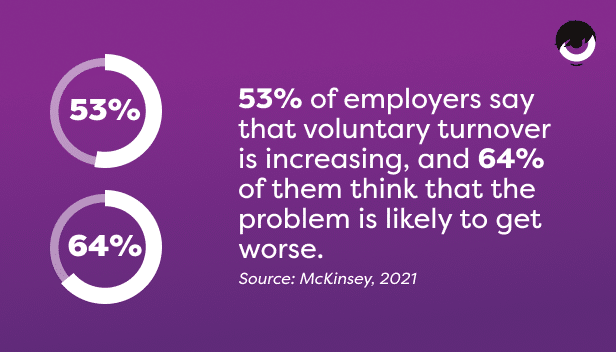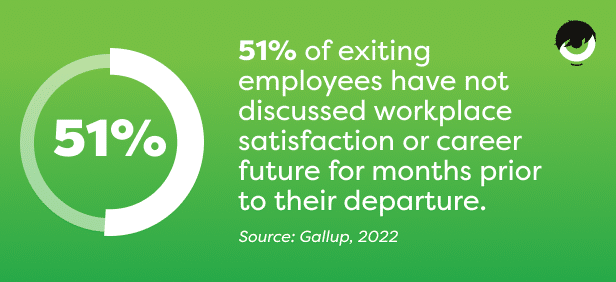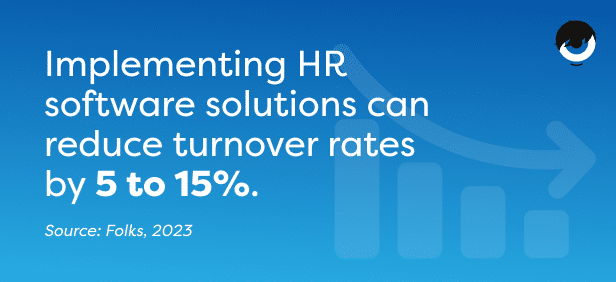Although the Great Resignation has fizzled out in most industries, employee turnover remains high in many organizations. Over half of worldwide businesses currently struggle with employee retention.
Considering the costs of recruiting and onboarding processes and the loss of skills and expertise associated with high turnover rates, it is crucial to focus on engagement strategies and key statistics that showcase the state of retention in companies. Here is everything you need to know about employee retention and tips to increase retention rates in your organization.


















